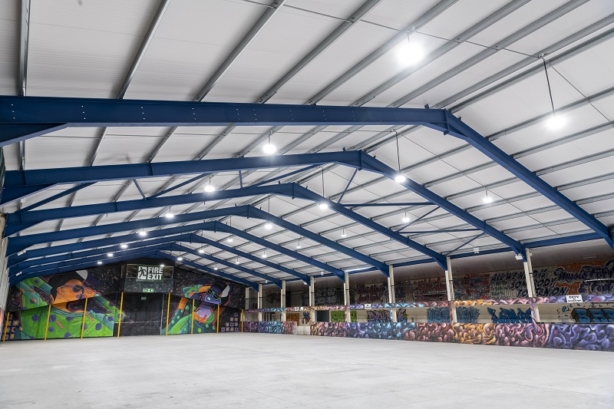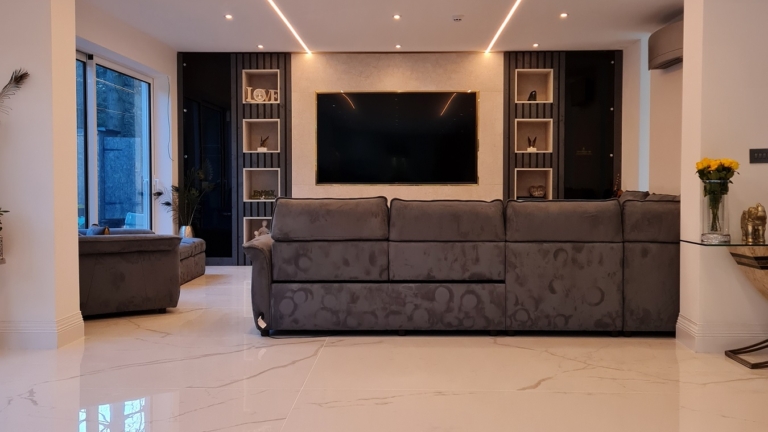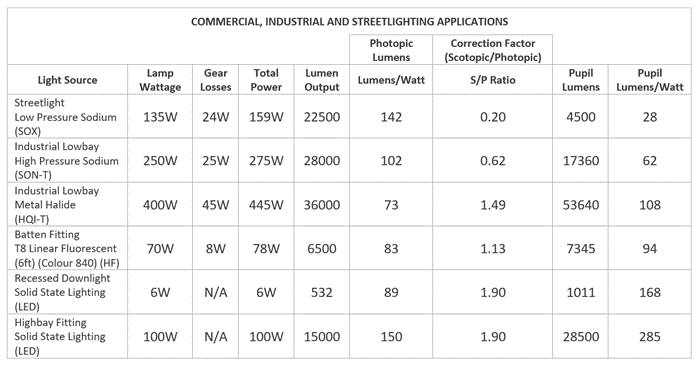
We are a leading manufacturer of quality internal and external lighting products for commercial, industrial and retail applications.
View all productsAt Ansell Lighting we design and manufacture an extensive range of luminaires for a diverse number of sectors and applications. Whatever the shape, purpose or style of your space, we have a lighting solution.
View all sectors & applicationsWe are a leading manufacturer of quality internal and external lighting products for commercial, industrial and retail applications.
Welcome to Ansell lightingWe are here to answer any questions you may have, help you find a stockist or speak to a local member of our team.
OCTO delivers the complete smart lighting package to transform the efficiency and ambience of commercial and residential spaces.
Find information regarding our product warranty, product data downloads and FAQs regarding lighting and technical terms. Here you will find support with training CPDs as well as useful lighting design and LED strip calculators.
Pupil Lumens

It is suggested that the best place to start this editorial dedicated to the term of ‘Pupil Lumens’ might be to briefly discuss the background around the way in which an individual can perceive visible light and be psychologically impacted by the lighting. Whilst this topic has been considered many times previously, where the accepted terminology used within lighting is that of performance, as measured in lumens and intensity, as measured in candelas and these metrics have been the common method of calculating the amount of light and the intensity of the light required to carry out a range of visual tasks.
In looking at understanding the meaning of pupil lumens starts with how an individual reacts to the light being produced by an electric light source. An important point to consider is the way in which the perceived light is subjectively measured by lighting efficacy, in being reliant upon analysing the properties of illuminance received from the light, and the way in which the individual will react to the light being received.
A person’s vision can be affected by a number of factors, such as the light intensity, the light distribution pattern, the light colour and its contrast to reflections, and also the glare, as well as the air quality and the motion of objects and people within the space.
The eye uses different parts to see in the brightly lit and dimly lit lighting conditions, where it contains both rods and cones, with the rods providing black and white vision in dimly lit conditions, where the eyes dilate to allow increased light to enter the eye, and this is deemed as being Scotopic Vision. For the brighter lit conditions, the cones provide full colour vision, which allows a person to perceive both an increased amount of detail and with a greater depth of field, and this is deemed as being Photopic Vision.

Let’s now consider the value of Pupil Lumens and the impact it has on lighting, where pupil lumens are a measurement of the light which stimulates the rods within the eyes to determine the scotopic lumen output and the total visually effective number of lumens. The value of pupil lumens is achieved by the calculation process of multiplying the value of photopic lumens by the scotopic/photopic ratio.
The scotopic/photopic ratio (S/P) is a number which describes the ratio of Scotopic to Photopic quantities of a light source, where a ratio of 1.00 means that the light source being selected performs equally under the scotopic conditions of low light as under the photopic conditions of bright light, however the higher the value is above 1.00, the greater the eye will perform under that specified light source.
Within the design of any lighting project, light source efficiency offers great benefits, where the light source should be both energy-efficient, and cost effective in providing the appropriate amount of high-quality illumination for the application being designed and for promoting clear vision, however it is necessary to consider how the eye adapts to light, otherwise creating high intensity light sources which require significant amounts of energy may have little or no effect, since the human eye will not perceive it as a precise lighting solution.
In looking into how the value of pupil lumens affect a light source, there is a possibility of using lower wattage fittings when illuminating a space, by designing into the project, those light sources which provide greatest stimulation to both the rods and cones in the human eye and in using less wattage may mean a reduction in energy consumption, thereby reducing the cost of energy usage and in also providing sustainability.
For the illumination of interior spaces, a correction factor may be applied to photopic lumen readings to find the usable light produced by a given light source, and which is the pupil lumens value, where the many different light sources may have similar illuminance readings when taken by a standard light meter but can provide different usable light output values and different levels of apparent brightness.

Most lighting installations today are designed with LED light fittings, a light source which is both energy efficient and offers the benefits of significantly lower energy consumption over previous technologies, but encompassing the value of pupil lumens into the lighting design process could not only further reduce the energy consumption for building owners, but also offer an improvement to the illuminated environment. For commercial applications, reduced energy costs alongside the benefits of delineating the accuracy of light and illuminated objects can be achieved when considering the value of pupil lumens alongside solid state light sources and for industrial applications, such as with warehouse facilities and production factories, this can be extremely useful, with the ability for employees to see small detail without additional effort offers enhanced levels of efficiency as well as increased safety.
You Might Also Be Interested In...

